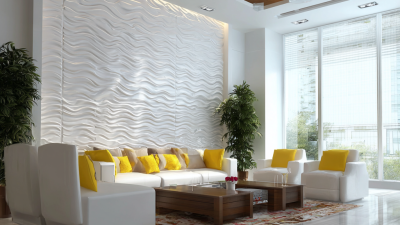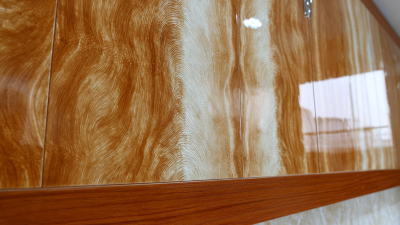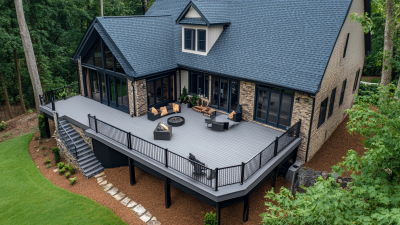
Indoor Decoration Wall Panels have become an essential component in modern interior design, offering versatility and aesthetic appeal that can transform any space. According to a recent report by ResearchAndMarkets.com, the global interior wall panel market is projected to reach USD 24.55 billion by 2026, growing at a CAGR of 4.9% during the forecast period. This surge in popularity can be attributed to the increasing demand for sustainable and cost-effective building materials, as well as the desire for customized home environments.
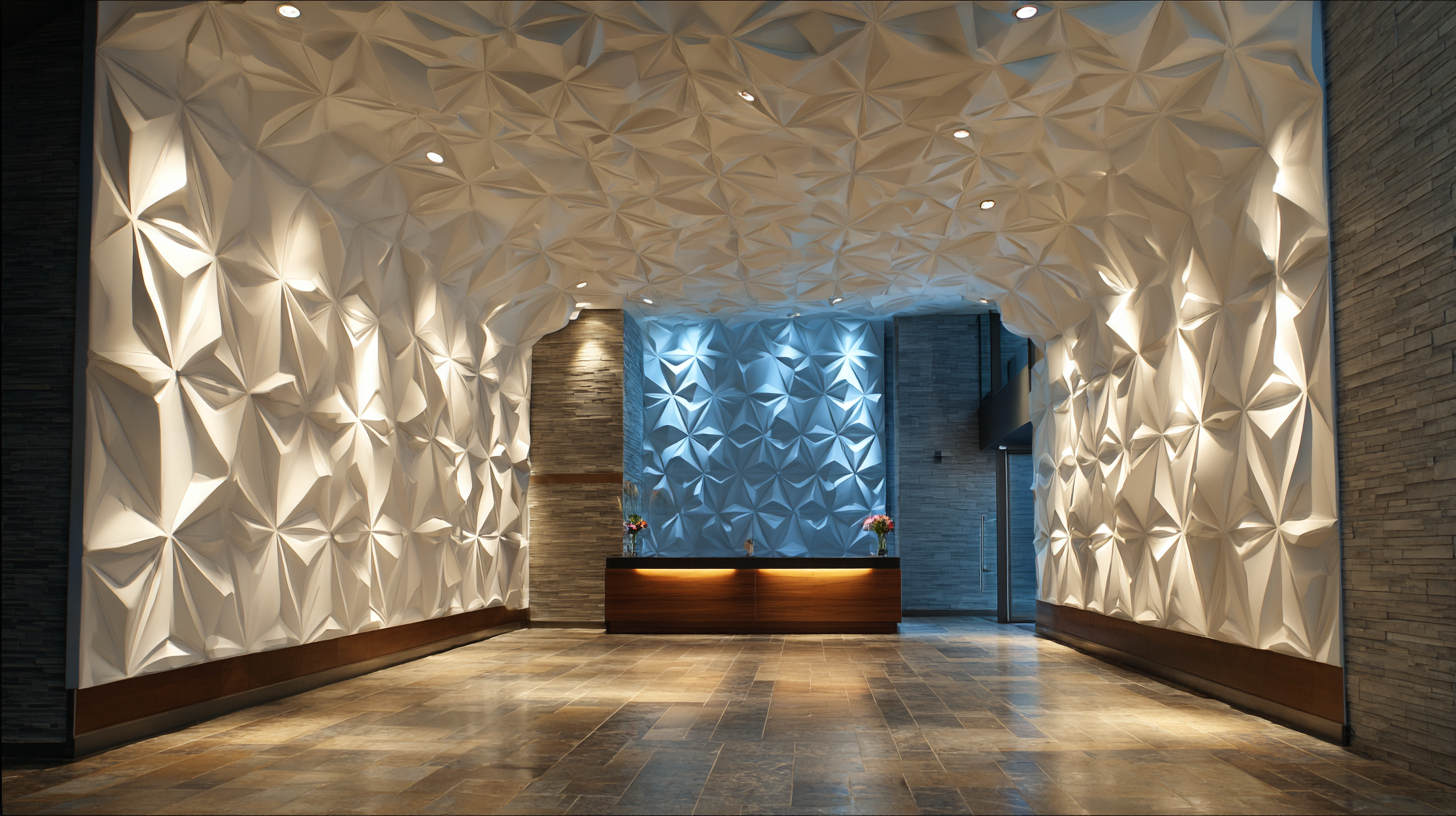
Indoor Decoration Wall Panels provide not only an opportunity for creative expression but also functional benefits such as enhanced insulation and noise reduction. As homeowners and designers alike seek innovative solutions for modern living spaces, understanding the various applications and benefits of these panels is vital for creating a beautiful and efficient interior.
When it comes to indoor wall panels, selecting the right material is critical in transforming your space effectively. One popular choice is wood, which adds warmth and sophistication to any room. It comes in various finishes and styles, allowing for customization to match your décor. Moreover, wood panels are durable and can be stained or painted, providing versatility in design. However, it’s essential to consider maintenance, as wood may require periodic treatments to preserve its appearance.
Another excellent option is PVC panels, which are known for their moisture resistance and low maintenance. Ideal for areas prone to humidity, such as bathrooms and kitchens, PVC panels come in a wide range of colors and patterns, mimicking the look of more expensive materials like stone or wood. They are lightweight and easy to install, making them a practical choice for DIY enthusiasts. Ultimately, your choice of material will depend on the desired aesthetic, functionality, and maintenance preferences.
| Material Type | Durability | Maintenance | Cost Range (per sq ft) | Eco-Friendliness |
|---|---|---|---|---|
| Wood | High | Moderate | $10 - $25 | Depends on sourcing |
| MDF (Medium-Density Fiberboard) | Moderate | Low | $5 - $15 | Moderate |
| PVC (Polyvinyl Chloride) | High | Very Low | $8 - $20 | Low |
| Fabric | Low | High | $15 - $30 | Depends on type |
| Metal | Very High | Low | $20 - $40 | High |
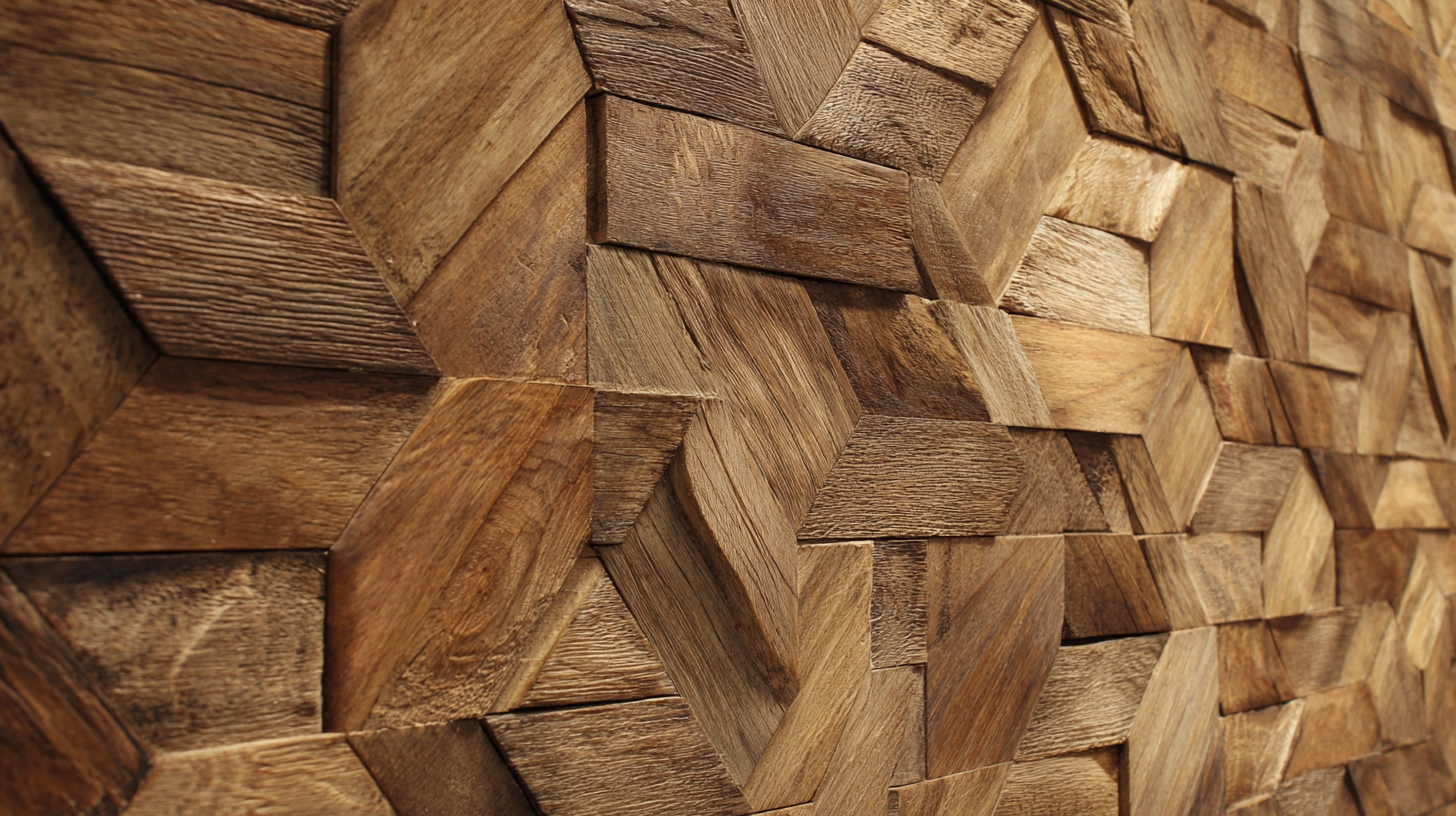 Decorative wall panels offer a transformative approach to interior design, seamlessly blending aesthetics with functionality. As the Decorative Foils Market is projected to reach a staggering USD 3,291 million by 2030, it’s a clear indication that homeowners and designers alike are increasingly embracing this trend. Different styles of decorative wall panels—from sleek, modern oak to textured, brutalist concrete—allow for creative versatility in any space.
Decorative wall panels offer a transformative approach to interior design, seamlessly blending aesthetics with functionality. As the Decorative Foils Market is projected to reach a staggering USD 3,291 million by 2030, it’s a clear indication that homeowners and designers alike are increasingly embracing this trend. Different styles of decorative wall panels—from sleek, modern oak to textured, brutalist concrete—allow for creative versatility in any space.
When incorporating decorative wall panels, consider these tips: First, identify the mood you want to evoke in your space. For a calm and serene atmosphere, opt for lighter woods or natural textures. Secondly, play with dimensions; layering panels can add depth and interest. Lastly, don’t shy away from bold colors or patterns—these can serve as stunning focal points in your decor.
In addition, contemporary design is evolving to include innovative paneling ideas, enabling you to personalize your interiors. From curved moldings that invite touch to unexpected material combinations, the possibilities are endless. As design trends shift, there's never been a better time to explore decorative wall panels and their transformative power in modern spaces.
Transforming your space with indoor decoration wall panels can significantly enhance the aesthetics of any room. The installation of wall panels is a straightforward process that, when done correctly, can provide a professional finish. To ensure a smooth installation, it’s advisable to gather all necessary tools before embarking on the project. Tools such as a level, tape measure, utility knife, and adhesive are essential for accuracy and efficiency.
To begin, prepare the wall surface by cleaning it thoroughly and removing any old wallpaper or fixtures that might hinder the installation. Next, measure and cut the wall panels according to your wall dimensions, making sure to account for any outlets or windows. Apply adhesive according to the product instructions and firmly press the panels into place, starting from the bottom and working your way up. It's crucial to use a level to ensure that the panels are straight. Finally, finish the edges with trim for a polished look. With careful planning and execution, you can achieve a stunning transformation in your space.
Indoor decoration wall panels offer a versatile and creative solution to transform any space into a unique reflection of your style. One innovative way to use wall panels is by layering different textures and colors to create a visually dynamic feature wall. For example, combining wooden panels with geometric patterns can draw the eye and add depth to a living room or bedroom. This approach not only enhances aesthetic appeal but also provides an opportunity to play with various themes, from rustic to modern minimalism.
Another fantastic idea is to integrate wall panels as part of multifunctional furniture. Using panels to form a backdrop for shelves can turn an ordinary bookcase into an artistic display that highlights both books and decorative items. Additionally, consider incorporating backlit panels in your designs to create a soft glow that enhances ambient lighting, making your interiors feel cozy and inviting. By thinking outside the box and creatively utilizing wall panels, you can easily achieve a stylish and personalized atmosphere in your home.
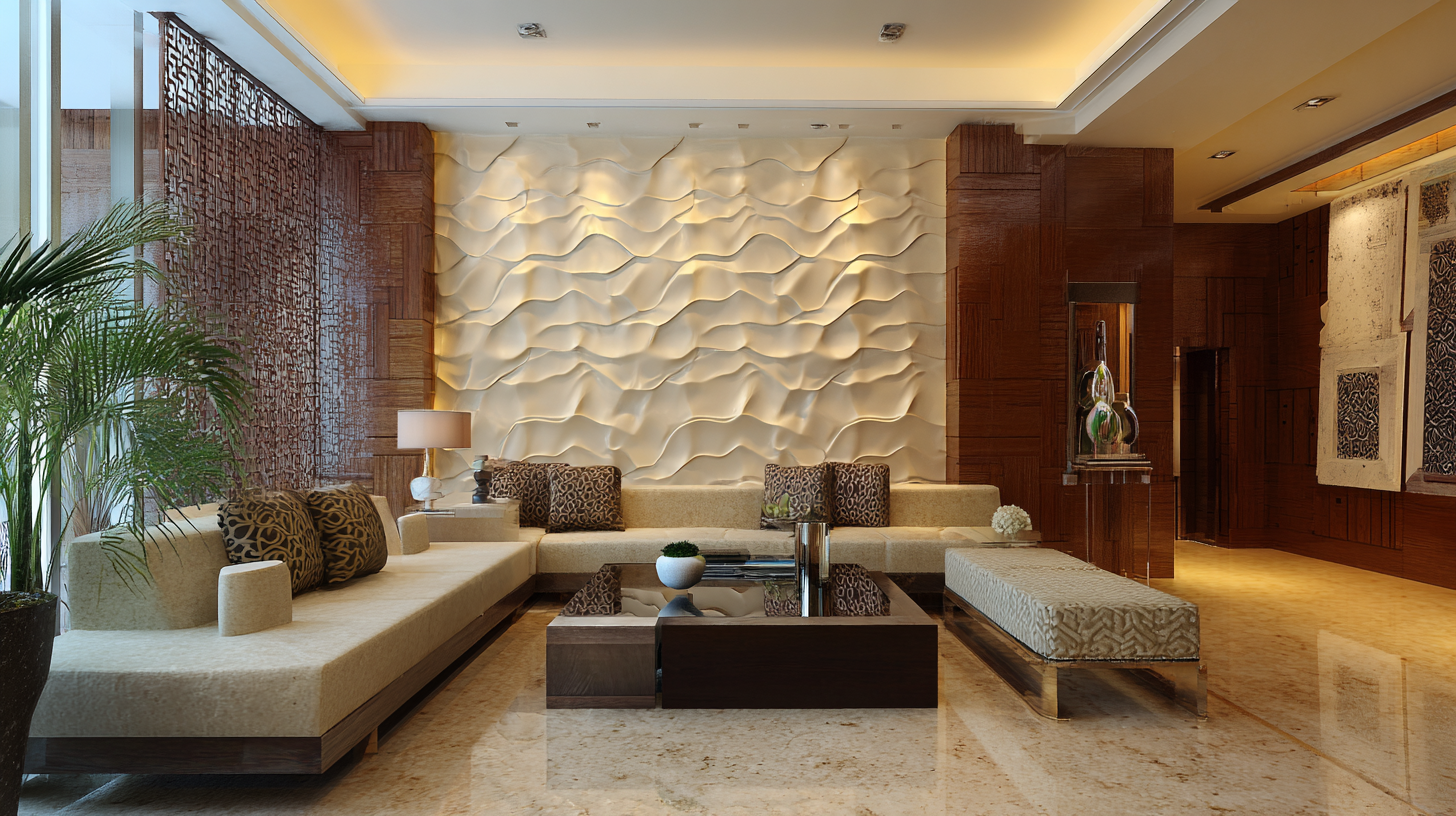
Indoor wall panels can significantly enhance your space, but maintaining and caring for them is essential for ensuring their longevity and aesthetic appeal. According to a study by the Wallcoverings Association, proper care can extend the lifespan of interior wall materials by up to 20%. Regular maintenance includes dusting and cleaning, which helps prevent the buildup of allergens and dirt that can detract from the panels' appearance. Use a soft cloth and a mild detergent to clean, avoiding harsh chemicals that can damage the finish.
In addition to routine cleaning, monitoring the humidity and temperature of your indoor environment is crucial. A report from the American Society of Interior Designers highlights that fluctuating levels can lead to warping or mold, particularly in materials like wood or fabric panels. Maintaining a consistent indoor climate with humidity levels around 30-50% is recommended to avoid damage. Furthermore, routine inspections to identify early signs of wear or damage can save costs in the long run, as addressing issues promptly can prevent more extensive repairs or replacements.
